WHAT
A methodologically new approach to analyzing the multiple needs of populations in crisis.
WHY
To improve the way humanitarian actors jointly plan and respond to crises, and to provide further evidence to support the prioritization of financial resources to populations and localities in greatest need of humanitarian assistance.
WHO
OCHA and the clusters lead the JIAF analysis in each crisis context to inform response plans. Local partners and populations are critical actors in the process. Donors use the JIAF analysis to inform their contribution to responses.-
WHEN
Since 2020, countries preparing humanitarian responses within the Humanitarian Programme Cycle have been using the JIAF to inform their country ‘Humanitarian Needs Overview’ [HNOs]. Following an independent review in 2021, further strengthening of the methodology is currently ongoing. The next version of the JIAF (JIAF 2.0) will be rolled out with the Humanitarian Programme Cycle 2024.
THE ASK
We are seeking additional partners to further strengthen, develop and institutionalize the JIAF across the humanitarian community in 2022 and 2023. Beyond financial resources, buy-in and commitment at regional and country level in promoting people-centred, inter-sectoral needs analysis is critical for success.
The JIAF offers a common method, process and tools to conduct a ‘people-centred’ holistic analysis of needs.
The JIAF reflects an important evolution in the humanitarian community’s ability to systematically and transparently identify the most vulnerable populations, where they are, the combination of needs they face, and their severity. Where data is available, the JIAF offers the possibility to analyze this information by any diversity characteristic [gender, age, disability, displacement, etc].
What is the Joint Intersectoral Analysis Framework
Overview of the JIAF

Frequently Asked Questions
The Joint Intersectoral Analysis Framework (JIAF) is a methodologically new approach to analyzing the multiple needs of populations in crisis.
Since 2020, countries preparing humanitarian responses within the Humanitarian Programme Cycle have been using this enhanced approach to inform their country ‘Humanitarian Needs Overview’ [HNOs].
The JIAF provides:
- An estimation of the magnitude of a crisis: how many people have been impacted
- An estimation of severity: how severely people have been affected
- An analysis of vulnerability and geography: which population groups and geographic areas have been most affected
- An explanation of the drivers and impact of the crisis: why and how populations have been affected, and how their needs overlap, co-exist and interrelate.
All these outputs look across traditional sectors to give a ‘people-centred’ overview of needs. This shifts the focus from the sectoral-lens of aid providers, to the experience of affected populations.
The ultimate aim of the JIAF is to improve the way humanitarian actors jointly plan and respond to crises, and to provide further evidence to support the prioritization of financial resources to populations and localities in greatest need of humanitarian assistance.
By better understanding who is affected, how and why, JIAF outputs can help inform joined-up/cross-sectoral responses, such as multi-purpose cash assistance and area-based programming.
People impacted by crises have multiple humanitarian needs. A displaced child needs access to school but may also need to travel far to collect water for her family during daylight hours. A young woman may need protection from gender-based violence but may also need immediate shelter for her family, despite it being unsafe. An elderly person needs access to health services but may also need access to toilets and soap, to prevent him from getting sick again. What do they need first? What do they need most urgently? Which needs are linked and interrelated, and should be considered together?
Responding to people’s multiple needs in an appropriate way requires joint action and coordination across the humanitarian community. At the heart of this joint action is joint needs assessment and analysis: the JIAF.
The JIAF process enables humanitarian actors to understand the complexity of a crisis, and its impact on different population groups. With this information, we can plan and deliver in a more tailored and effective way.
- Integrated analysis: The JIAF is based on a recognition that the humanitarian system can deliver better and more effectively if we understand, and respond, to people’s vulnerabilities and drivers of need in a holistic way, moving beyond a single ‘sector by sector’ lens.
- Improved rigour, increased transparency: Bringing partners together, the approach provides a rigorous and transparent estimation of who is in need, without risk of double-counting, or leaving populations behind. This analysis, together with other inputs, provides a foundation for donor financial prioritization decisions.
Following an independent review in 2021, UN agencies, clusters, NGOs and donors came together during a ‘strategic moment of reflection’ to reaffirm their commitment to this new, joined-up way of working.
Specifically, they committed to:
- Improve the quality of humanitarian response plans, through an enhanced cross-sectoral analysis of vulnerabilities and drivers of need.
- Installing even more trust and confidence in magnitude and severity estimations, sharpening the focus through a more replicable, transparent process, that is also simpler to implement in crisis countries.
There was global acceptance at the World Humanitarian Summit in 2016, that as the gap widens between ever-growing global humanitarian needs and the funding available to meet them, a more coherent and transparent approach to analyzing and presenting needs was needed1.
This became one of the key Grand Bargain commitments [on Needs Assessment] and triggered the conceptualization of the JIAF.
[1] Two evaluations of the Cluster Approach, in 2007 and 2010, highlighted the strengths and the challenges of the cluster system. Cross-sectoral analysis was highlighted as a key area for improvement. (source: humanitarianresponse.info)
The JIAF is coordinated by an interagency Project Management Unit (PMU), which is physically housed in OCHA Geneva, with staff contracted by IOM, until June 2023.
The JIAF project is governed by a multi-agency Steering Committee2 which meets twice a year at Deputy Director level, and an JIAF Advisory Group which meets more regularly.
At a technical level the PMU coordinates the technical development of the JIAF with a multi-agency ‘Methodology technical working group’ [M-TWG] comprising of specialists from UN Agencies, Global Clusters, donors, NGOs and other related needs analysis stakeholders (e.g. the Integrated Phase Classification for Food Security).
[2] Members of the Steering Committee include OCHA, FAO, IOM, UNFPA, UNHCR, UNICEF, WFP, WHO, Global Cluster Coordination Group, ACAPS, Norwegian Refugee Council, REACH, Save The Children, ECHO, SIDA and USAID.
Following an independent review by Yale University in 2021, further strengthening and adaptation of the methodology is currently ongoing.
The next version of the JIAF (JIAF 2.0) will be rolled out with the Humanitarian Programme Cycle 2024.
Lessons learned are being captured from all implementing countries and will feed into the new iteration and its supporting guidance.
The JIAF is conducted by an intersectoral team within a country, made up of international and national actors. As part of the JIAF process, local actors are invited to substantively contribute to defining and prioritizing needs.
The JIAF project is supported through the generous contribution of the Swedish International Development Agency (SIDA), Global Affairs Canada, ECHO, USAID and OCHA. Many partners engaged in the JIAF’s development also provide considerable in-kind resources, and act as ‘extended team members’ to the PMU. This includes OCHA, UNICEF and REACH, as well many of the sectoral clusters.
The JIAF is seeking additional partners to enable the PMU to further strengthen, develop and institutionalize the JIAF across the humanitarian community in 2022 and 2023. Funding for the JIAF is received through IOM, who are a partner in both the substantive development of the JIAF, and the project administration.
Beyond financial resources, the buy-in and commitment of donors at regional and country level in promoting people-centred, inter-sectoral needs analysis is critical for success. When the demand from donors for the intersectoral presentation of needs is strong, so too is the incentive of the humanitarian community to complement traditional sector by sector approaches, with a people-centred intersectoral analysis.
Assuming sufficient resources and ongoing political support, the current JIAF interagency PMU aims to develop JIAF 2.0 by end June 2023. Following the conclusion of this work, OCHA will assume full on-budget coordination of the JIAF, including providing global support to countries using the JIAF methodology (as part of the HPC and extending as appropriate to regional contexts, refugee settings, and mixed hum-development contexts).
For more detail on the JIAF:
Kashif Nadeem
Information Management Officer
nadeemm@un.org
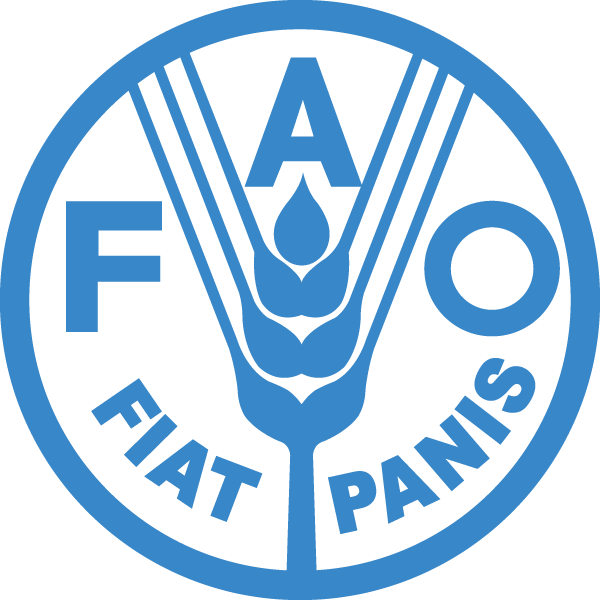
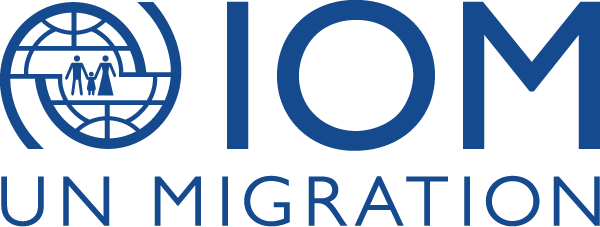

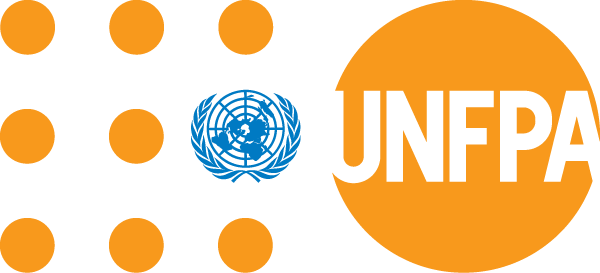
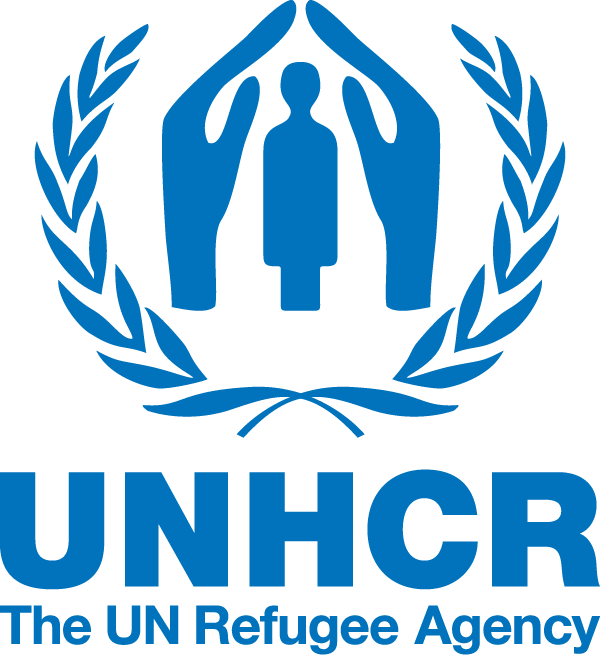

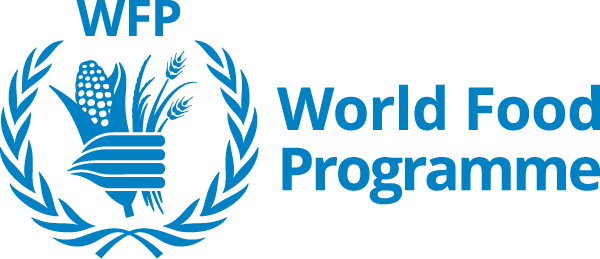

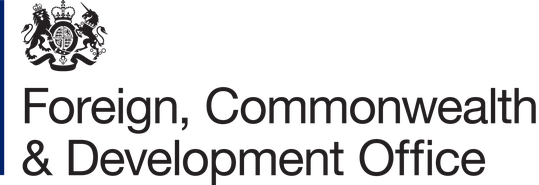

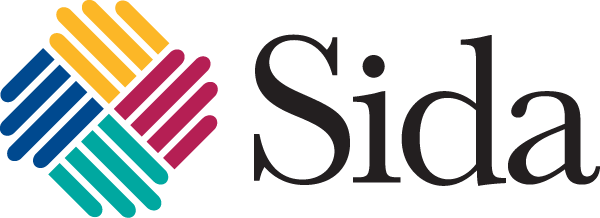

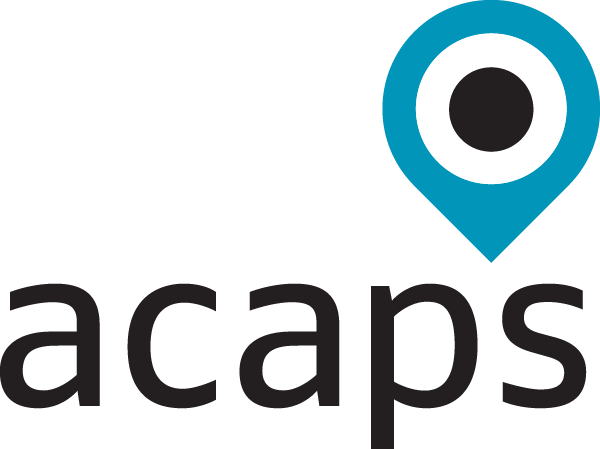

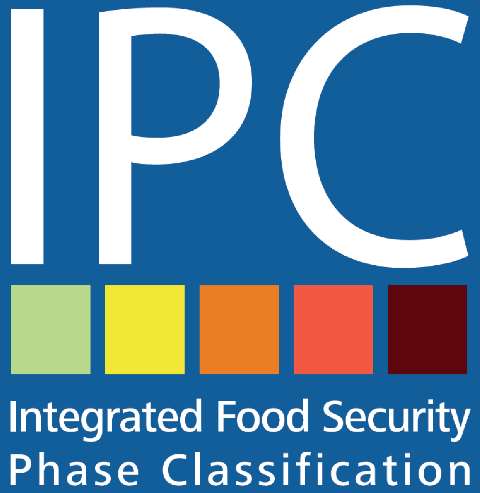


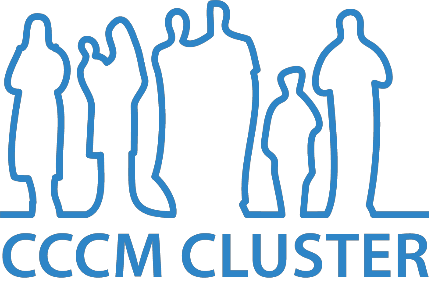




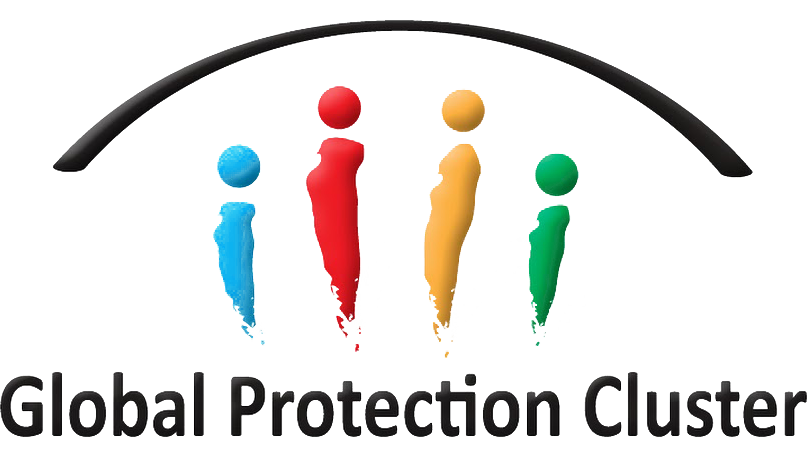

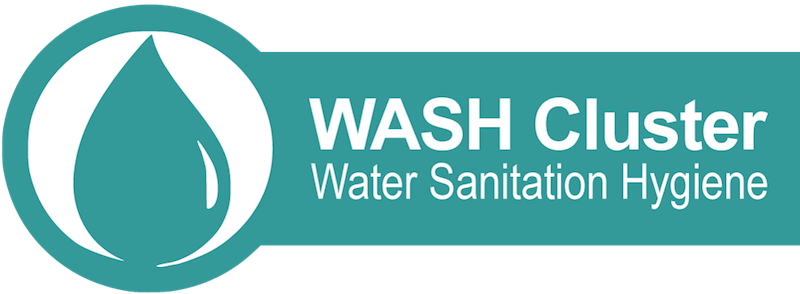

Copyright 2021 – JIAF Website
